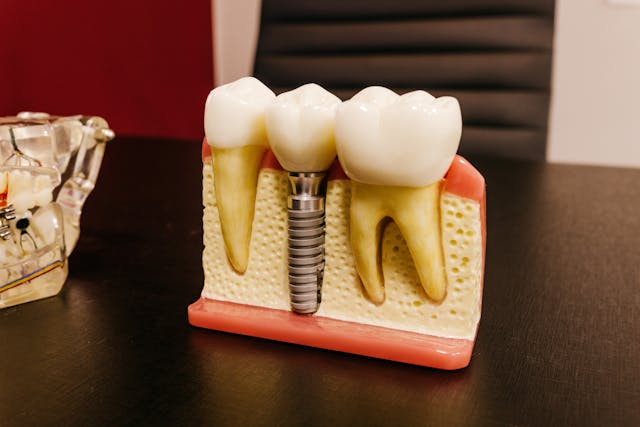
 Countless Americans are affected by sleep apnea. And when we say countless, we mean it literally: 2% to 4% of all Americans have an undiagnosed case of sleep apnea. That means that you have a one in 50 chance of having sleep apnea and not realizing it.
Countless Americans are affected by sleep apnea. And when we say countless, we mean it literally: 2% to 4% of all Americans have an undiagnosed case of sleep apnea. That means that you have a one in 50 chance of having sleep apnea and not realizing it.
The truth is that sleep apnea causes are often mysterious, which means that most people may not know they’re even at risk for developing the condition. And although the numerous health concerns caused by sleep apnea can become serious, many people don’t feel the condition’s effects right away. They might feel tired, depressed, or like they’re in a fog, but they may not know why. These symptoms can range from nuisance to full-on depression. And when your job involves working long hours and transporting potentially hazardous materials across the country, these symptoms can become a matter of life and death.
And, again, we mean that literally.
A recent sleep apnea study highlights the importance of getting a definitive diagnosis and how pursuing treatment can help to dramatically increase quality of life. Conducted in Italy, the study used data from 238 participants, all of whom were male truck drivers. Experts believe that truck drivers have higher risk factors for known sleep apnea causes; namely, they are usually male, they generally have a sedentary lifestyle given their occupation, and many find it difficult to eat a healthy diet. Some sleep apnea causes aren’t always known, but there is a definitive correlation between lifestyle and the likelihood of developing sleep apnea.
At the beginning of the study, not one of these participants reported experiencing symptoms of sleep apnea. However, the researchers suspected 139 of the truckers to have obstructive sleep apnea. When all of these truckers, plus a portion of drivers who were not suspected to have the condition, underwent a home sleep test for sleep apnea, one-third of them were found to have an undiagnosed case of OSA.
Undiagnosed sleep apnea leads to an increased risk for heart conditions, diabetes, high blood pressure, and more. But having OSA can also pose more immediate dangers, too. As part of the study, researchers found that drivers with severe obstructive sleep apnea were nearly five times more likely to have a near-miss accident experience than drivers without the condition. Truck driving can already pose road safety risks, but having sleep apnea clearly adds to the danger. Here in the U.S., truck drivers are required to undergo medical testing and pass safety screenings every two years. But surprisingly, sleep apnea screening is not currently mandated by the Federal Motor Carrier Safety Administration.
The researchers of the study instructed the 24 drivers who had severe obstructive sleep apnea to undergo treatment using CPAP machines. These truck drivers used CPAP supplies and machines for at least four hours per night, five days a week, for two years. After the two years were up, the number of near-miss accidents among these drivers dropped to nearly the same rate as that of drivers without sleep apnea. Only two of the 24 drivers reported sleep-related accidents after the treatment was completed.
Stefanos Kales, who published the findings in Sleep, stated that “recent data show definite increases in crash and accident risk with untreated OSA, which is the most common medical cause of daytime sleepiness.” He further expressed that regulators of transportation need to take sleep apnea more seriously as a safety hazard and that screening criteria and treatment compliance needs to be regulated.
Even if you don’t spend the majority of your days on the road, sleep apnea can still wreak havoc on your life and overall health. Fortunately, no matter the particular sleep apnea causes, CPAP machines offer relief.
If you want to find out more about sleep apnea causes and treatments, including the types of CPAP masks and machines we offer, please contact us today.


